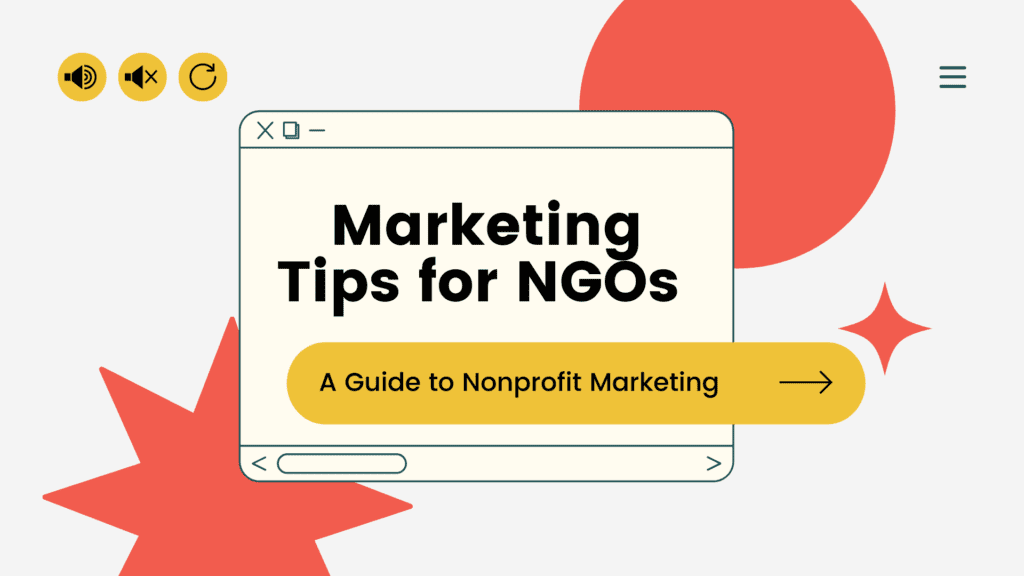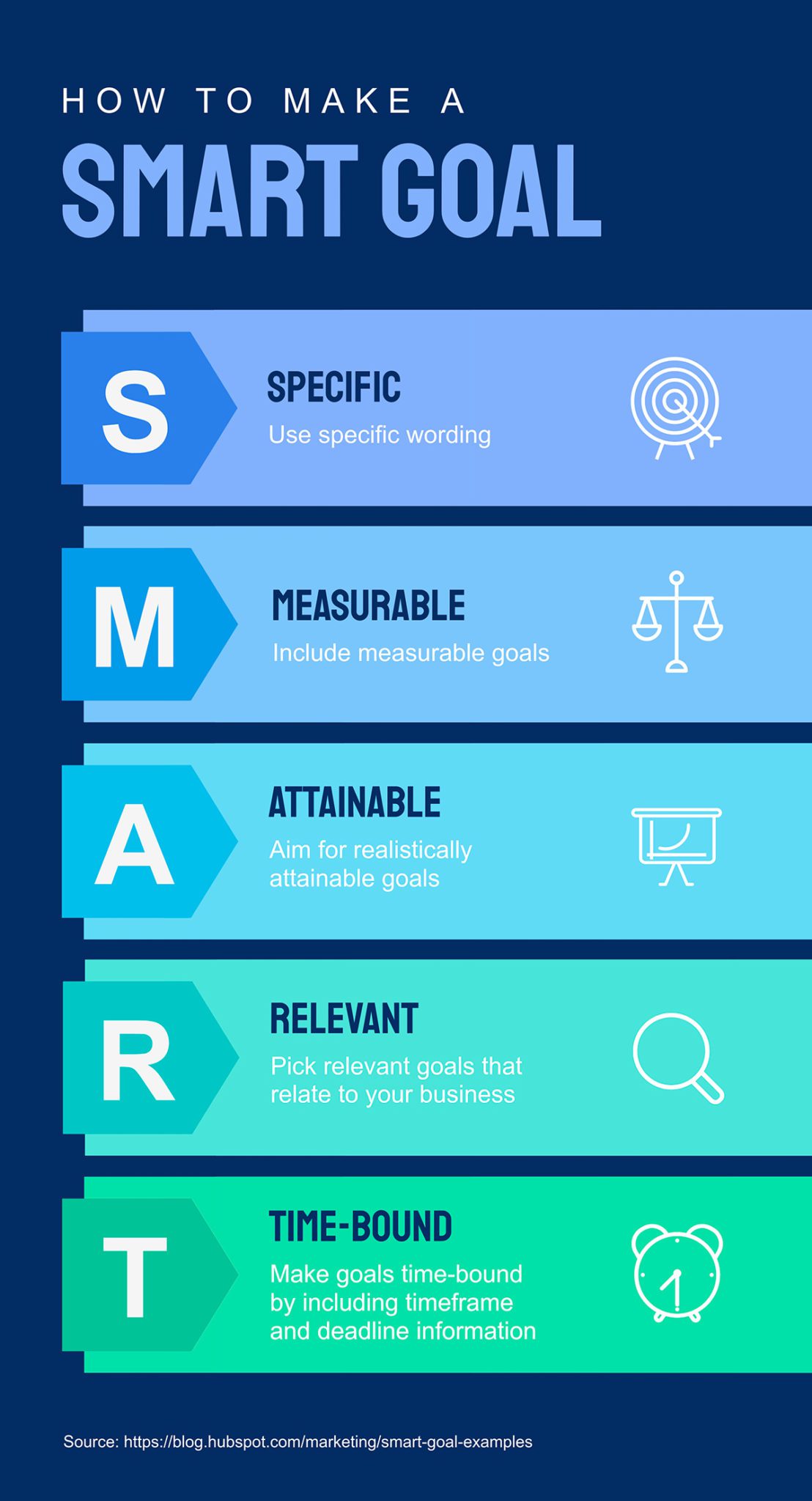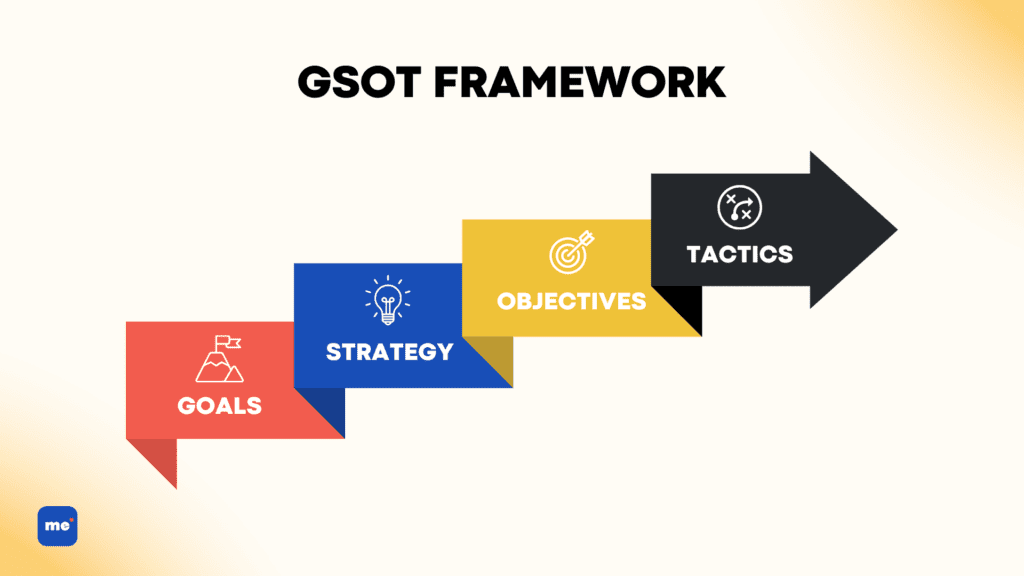

When you’re marketing a nonprofit organisation, there’s a lot more at stake than profits and branding. With tight resources and small teams, the marketing team is often pushed to do more with less. It can seem overwhelming and intimidating at first, especially when you need to compete for attention and engagement with finite resources. But the truth is, you don’t need a billion dollar marketing budget to market effectively.
Marketing efficiently requires thought and intent, such as having the right data-backed strategy for its success. It’s about how you use your resources to market to the right audience, catching them at the right place and at the right time. In short, you can spend your resources wisely and still stir your audience into action.
If that’s hitting close to home, don’t fret. Every marketing team has its challenges when it comes to attracting the right people to our organisations or brands. Marketing for your nonprofit isn’t as complicated or daunting as it seems. With our guide, these tips will help you to boost your nonprofit’s marketing efforts, reach your goals and increase the support of your NGO’s mission.
This article is part of our Marketing Tips series, where we provide actionable and relevant tips to help businesses big and small. Previously we’ve shared guides specifically for small businesses and solopreneurs. This week’s article hones in on the marketing tips NGOs need to maximise their efforts and resources.
Ever wonder how some nonprofit organisations are more successful than others?
Most nonprofit organisations are dependent on strong relationships with people, with donors, volunteers, the media, and even governmental organisations to pursue its mission effectively.
It all comes down to this, creating a memorable and valuable experience which positively impacts your target audience and your business. How you market affects how you attract new supporters for your cause, connect to valuable donors and inspire others about your message.
Here’s why your nonprofit needs marketing:
Charities and nonprofit organisations are their own brands, albeit not-for-profit, they still need brand awareness just like any other company. With the help of nonprofit marketing, it helps you to spread your message about your company and the cause behind it! It’s a means to inform and educate your stakeholders and the general public about your cause, why it’s important and what your organisation is doing to support it.
Through more brand awareness, you’re able to gain exposure to reach more people who haven’t encountered your nonprofit before. Plus, the more others know about your organisation, the more people you can help and vice versa.
Without nonprofit marketing, nonprofit fundraising is hard to come by. Marketing your nonprofit can help you to seek out donations to operate and grow your nonprofit organisation. As you grow your awareness and supporter base, the bigger the potential to attract donors for your nonprofit organisation!
Tip: When you nail down your messaging that evokes feelings and emotions in your audience, you’re more likely to persuade donors and give them a compelling need to support your cause.
Apart from that, another reason why nonprofits thrive is because they have the support and help of their volunteers. Regardless of size, nonprofits will need all the help they can get. With marketing under your toolbelt, your nonprofit will be able to draw in more manpower and increase hands on deck. Marketing can help to encourage people to partake in your organisation’s events and activities. Similarly, it can also attract businesses who are looking to further your cause or partner with you.
With that, these are the marketing tips you need to market your nonprofit.
Every marketer knows this but if you fail to plan, you’re planning to fail. Crafting a marketing plan regardless if the organisation is for-profit or not-for-profit, is highly important. It exists to turn your big picture objectives into actionable goals. When you have limited resources at hand, you have to be organised and strategic about how you utilise them.
Creating a nonprofit marketing plan can help you to distribute your efforts to focus on reaching your goals.
First things first, you need to define clear marketing goals. Sticking to a clear marketing goal helps you to meet the marketing objectives for your organisation.
Remember that your goals need to be SMART.

Let’s say your goal is to empower and advocate for marginalised communities, like Refuge For The Refugees (one of my favourite charities to support in Malaysia). One of the ways in which marketing helps them to meet their objectives is this: they leveraged their social media platform to inform, educate, and inspire their followers into action (to donate, to spread awareness, and get involved).
Setting these SMART goals will help you to:
You won’t know whether your nonprofit marketing is effective unless you know what you’re trying to accomplish. Having SMART goals (specific, measurable, attainable, relevant and time-bound) gives you a way to evaluate what works and what needs to be changed.
Once you have determined what you want, you need to know who you are trying to reach and what you want them to do.
When it comes to nonprofit organisations, you’re likely to have these several target audiences to focus on: the constituents, customers, volunteers, and donors. Nonprofits rely heavily on building relationships with these target audiences. This is why it’s critical to define and understand each of these audiences by building buyer personas.
Your marketing efforts will differ for each target group as each will have key messaging that’s relevant to them. For example, blasting an email marketing campaign to donors would look very different compared to an email campaign calling on volunteers.
One of the ways you can organise your different niches is by segmenting them using a CRM. Segmentation helps when you separate your contacts with tags and lists to send the relevant messages to the appropriate groups. These are handy to keep your contact and sales info in an easy-to-manage place too.
Here are a couple of great CRMs you can use:
Planning your key messages—the kind of information you want your audiences to hear—takes time but its benefits make it all worth it. As a nonprofit organisation, having a key message helps you and your team align to make sure the same thing is being communicated and how it differs for each target audience. Moreover, it’ll save you time! Crafting these ahead of time helps you because you already know what to say in your content and messaging.
All your key messages should convey the same purpose and undertone, but vary slightly depending on your audience. They will help your nonprofit communicate and market your organisations’ needs and purpose.
Now that you’ve determined your target audience and crafted your key messages, you can begin building a clear strategy based on your goals.
By using the GSOT framework, it will give you a clear outline of your goal, strategy, objective and tactic.

How you choose your marketing tactics depend on the channels that work for your organisation and audiences. Channels like email marketing, social media, video marketing, paid advertising, search engine optimisation, and so on.
Before you choose, here are some questions to consider as you prepare:
Remember that how you approach your marketing strategies and how they impact your organisation is just as important as its execution.
Email marketing is a highly effective marketing resource, after all, there’s no denying its high return on investment. That’s if you have a well planned email marketing strategy, of course. The average ROI is $36 for every $1 spent on email marketing. It works especially well for nonprofit organisations because it’s powerful and personal.
Here are some ideas to get you started:
Remember to make it easy for people to sign up to your newsletter if they’re keen to stay tuned to your nonprofit’s updates and news. This way you can build your database and organise your target audiences too.

Bonus tip: Try to automate as much as possible. In our previous blog, we delved into the marketing hacks that would help solopreneurs in their marketing efforts. Email marketing can help solopreneurs, small business owners, and nonprofit organisations like yours to generate more leads and sales. Automation helps you save time, energy, and effort whilst growing your email list, donations and subscriptions.

Social media is a highly popular marketing strategy, including nonprofits. One of the perks of social media marketing is that it’s a cost-effective way to reach people. It gives organisations the opportunity and platform to showcase their brand personalities, other highlights, and engage with their followers.
Marketers need to be wherever their audiences are. No matter your niche, I’m fairly certain that most of your customers, supporters, and stakeholders are using social media. Rather than trying to be active on every available social media platform, research and identify the platforms where your target audience is most active. Find out where your audiences are and focus your marketing efforts there.
If you’re looking to tap into new markets or target audience groups, social media platforms are perfect for that. According to a Sprout Social report, 43% of consumers use social media for brand discovery. Since we’re such social creatures, there’s no wonder social media plays such an influence in our lives. With the help of social media networks, you can connect with people from all over the internet to expand the reach of your nonprofit.
Here are some nonprofit social media marketing ideas to get you started:
Bonus tip: Leverage on user generated content (UGC) from volunteers, customers, supporters, donors, and event attendees! When you’re busy running a nonprofit, content that can be repurposed is highly valuable and helpful. UGCs also act as social proof and have more influence than branded content from organisations. You can start by initiating a UGC campaign that invites your constituents, supporters, donors and volunteers to share their stories, images, and videos.
Content marketing is something we cannot overlook. People say that “content is king” and it’s true! Great content is highly engaging and valuable to any organisation, including a nonprofit organisation.
Nonprofit organisations can benefit greatly from content marketing because it can help to:
At its core, content creation is no simple feat. Trust me, it isn’t always easy. Time is precious, budgets are low, and ideas can be hard to come by. The silver lining is that the internet is full of content ideas for inspiration. You can source story ideas from others that might appeal to your target audience.
If you’re looking for inspiration on building a content strategy, here are some prompts from our digital marketing strategy guide to help you plan:
Bonus tip: Implement a content calendar! It allows you to have a big picture view of how to allocate your resources, what you need to prepare, and when you need it. Utilising a content calendar helps to keep your content in check with your overall brand messaging and goals.

Video is without a doubt the most influential type of visual content. We’re visual beings. We prefer receiving information when it’s presented to us in image or video form. Video marketing is one of the surefire ways to engage and garner interest in your target audience.
Here’s how video marketing can help nonprofit organisations:

This may be a no brainer to you, but all marketing efforts take time. It takes time to plan, strategise, curate, and achieve results. If you’re new to marketing your nonprofit—or any organisation for that matter—it’s likely that your marketing won’t perform right off the bat. On the bright side, that’s what our reports and analysis are for, to help you figure out what’s working and what you need to revise.
That’s why we have key performance indicators to track our progress to our objectives. These are some examples from this list of marketing strategies:
These performance metrics will help you stay aligned with your marketing goals and your marketing budget. With various free analytics tools like Google Analytics and those built into your marketing channels (email and social media), you’ll be able to learn from your efforts to improve each strategy.
With the right enablement, strategies, and direction, your nonprofit marketing can go a long way. Remember that it’s normal to not have your marketing fall into place from the get-go! It’s with routine reviews and analysis that you’ll know what works for your nonprofit and what needs to go.
To recap:
This is part of our Marketing Tips series catered to equip and empower different businesses to nail their marketing tactics right. If you’d like to see more posts specific for your niche, let us know your thoughts at hello@medianetic.me! We’d love to hear from you and the ideas that we could pull together.
If you’re looking to up your digital marketing, get in touch with us! We can’t wait to see how we can add value to your brand, business, organisation.

Medianetic Sdn Bhd
200301016995 (619415-K)
No. 59, 2nd Floor, Block E, Zenith Corporate Park, Jalan SS7/26 Kelana Jaya, 47301 Petaling Jaya, Selangor
hello@medianetic.me
+603 7960 3088 (Office)
Medianetic Sdn Bhd © 2023
Made by Medianetic